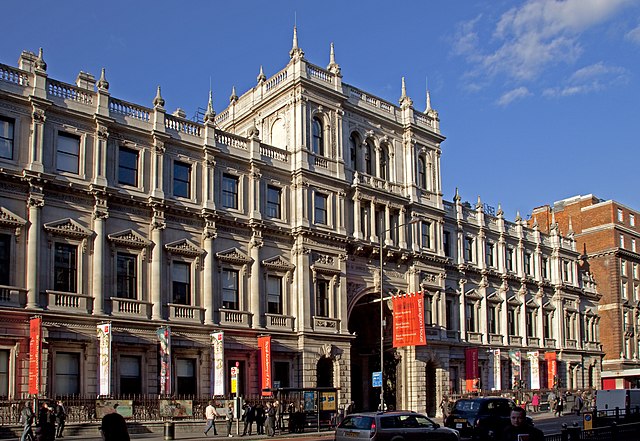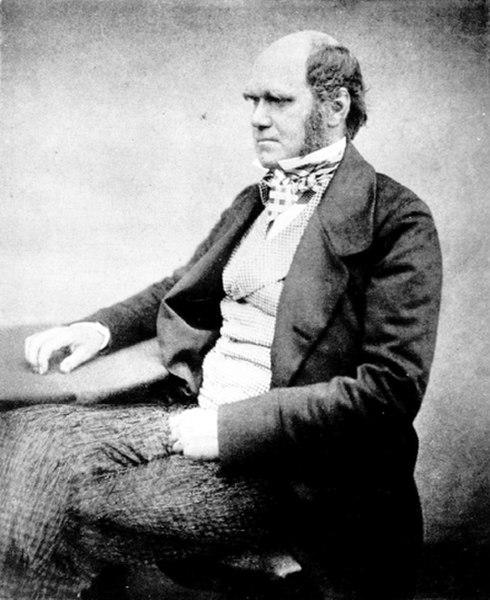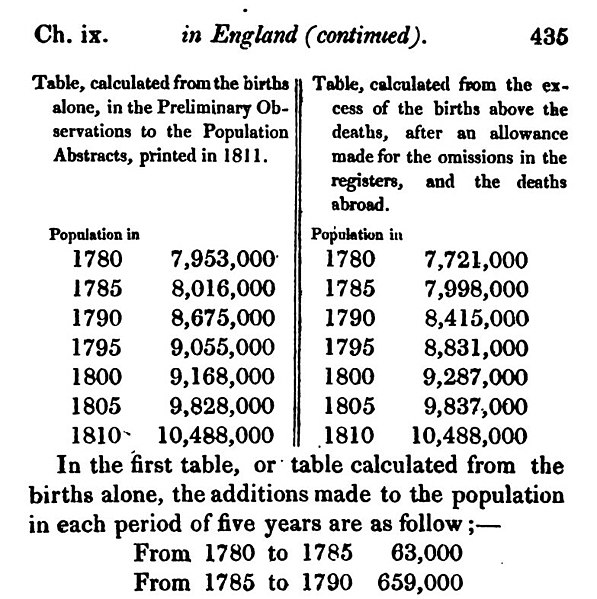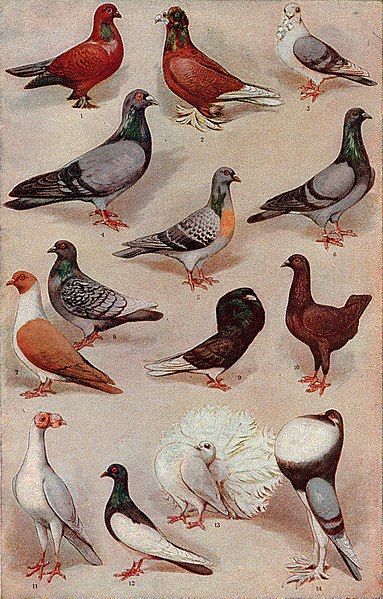Linnean Society of London
The Linnean Society of London is a learned society dedicated to the study and dissemination of information concerning natural history, evolution, and taxonomy. It possesses several important biological specimen, manuscript and literature collections, and publishes academic journals and books on plant and animal biology. The society also awards a number of prestigious medals and prizes.
Burlington House: the Linnean Society occupies the range to the left of, and above, the entrance arch.
The society's premises in Burlington House seen from within the courtyard.
The first admission of women as fellows of the society in 1905, Emma Louisa Turner is on the far left, Lilian J. Veley is shown signing the membership book, whilst Lady Crisp receives the 'hand of Fellowship' from the president, William Abbott Herdman, behind Lilian J. Veley and standing is Constance Sladen – from a painting by James Sant (1820–1916)
The library of the Linnean Society, Burlington House
Natural selection is the differential survival and reproduction of individuals due to differences in phenotype. It is a key mechanism of evolution, the change in the heritable traits characteristic of a population over generations. Charles Darwin popularised the term "natural selection", contrasting it with artificial selection, which is intentional, whereas natural selection is not.
Modern biology began in the nineteenth century with Charles Darwin's work on evolution by natural selection
Aristotle considered whether different forms could have appeared, only the useful ones surviving.
Part of Thomas Malthus's table of population growth in England 1780–1810, from his Essay on the Principle of Population, 6th edition, 1826
Charles Darwin noted that pigeon fanciers had created many kinds of pigeon, such as Tumblers (1, 12), Fantails (13), and Pouters (14) by selective breeding.








